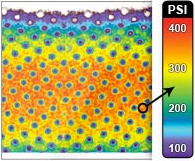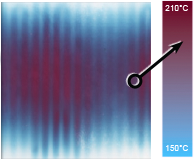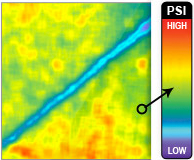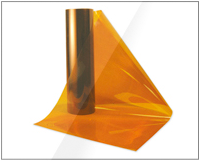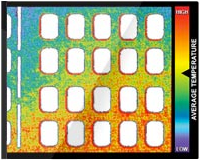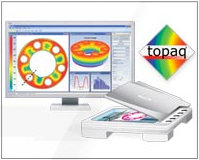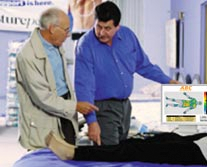Article: Tube News

Companies can squeeze out profit and brand Loyalty using sensor technology.
In the world of consumer packaging, the cost, the customer's experience, and the marketing of the product are all intertwined. These factors complicate package design and explain why so much of a company's product breakdown is spent in packaging.
Most manufacturers agree that cost influences product success. A household product that is very expensive to produce is rarely successful in the market. To bring costs down, raw-material costs must be minimized without compromising usability. If the package does not survive its application, or if contents are difficult to dispense, the product loses it consumer appeal. Shampoo, hair gel, ketchup, and toothpaste are among the many products that require a somewhat-squeezable package for dispensing. When too little is dispensed, consumers can become frustrated; when too much is dispensed, use may become messy and shorten product life.
A major consumer toothpaste manufacturer wanted to develop a less-expensive material construction that lowered material costs and reduced the amount of force needed to dispense the contents. The company developed different types of prototype packaging and asked Sensor Products Inc. to encase its tubes with the Tactilus® electronic sensors. The client then assembled a focus group and asked the test subjects to squeeze all the toothpaste out of the tube. The pressure to squeeze was measured along the tube, and the common practice of rolling the tube up to exact every ounce of toothpaste was profiled.



As the test subject squeezes the tube surrounded by a Tactilus® sensor, his grip is displayed as a pressure distribution map on the laptop.
Testing subjects were recorded on video as they squeezed tubes to pair visual records with the pressure-overtime data gathered by the Tactilus® pressure mapping sensor system. The results showed not only which packaging was best suited to save costs, but also established, for the first time, real quantitative as well as qualitative measurement of squeezing efforts. This created a baseline that packaging engineers could use in the future to precisely measure and improve product standards.
Additional projects that could be undertaken include designing and testing nozzle size and shape, determining the amount of pressure needed to burst the cap, and a comparison of squeezing.




